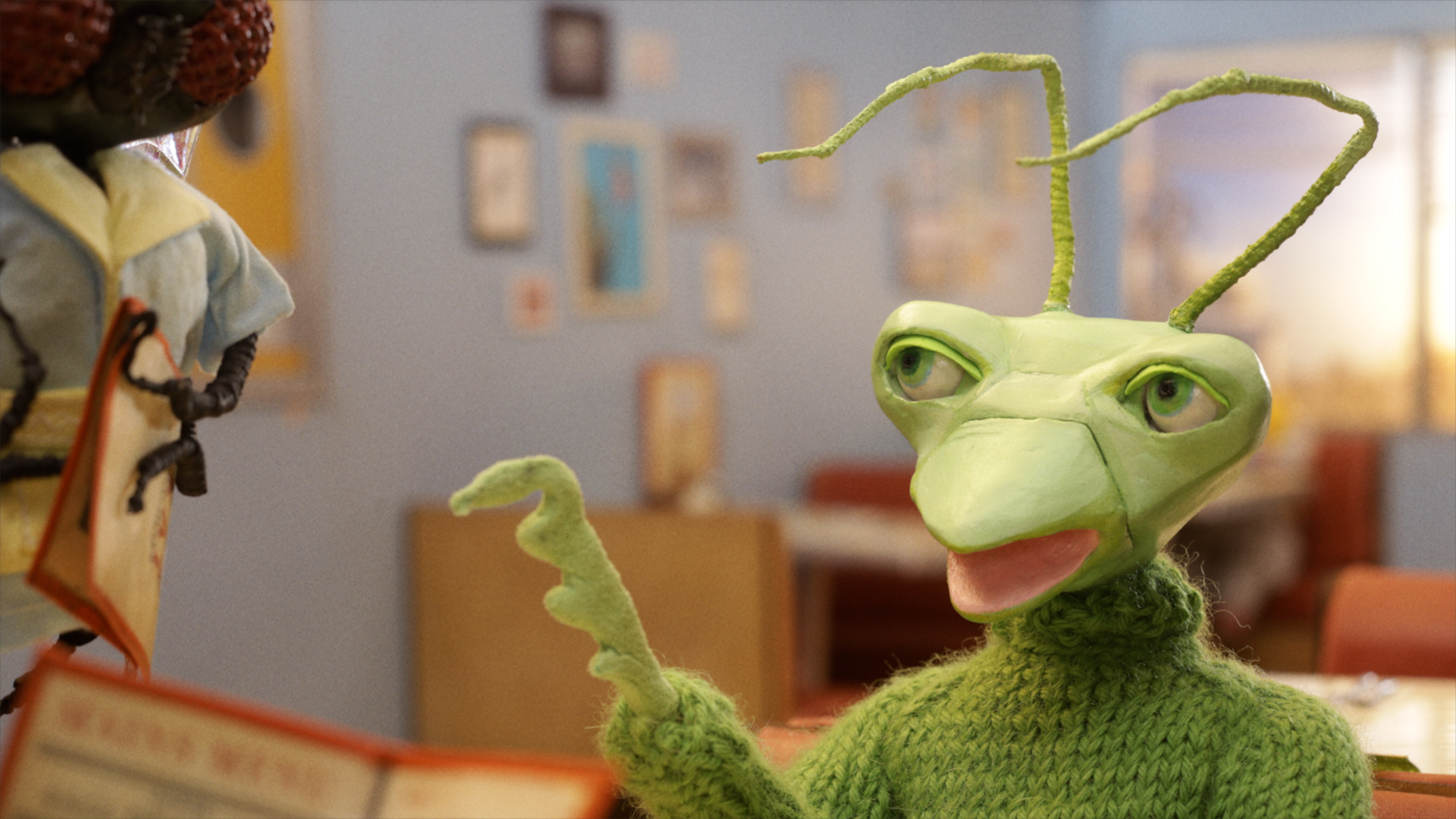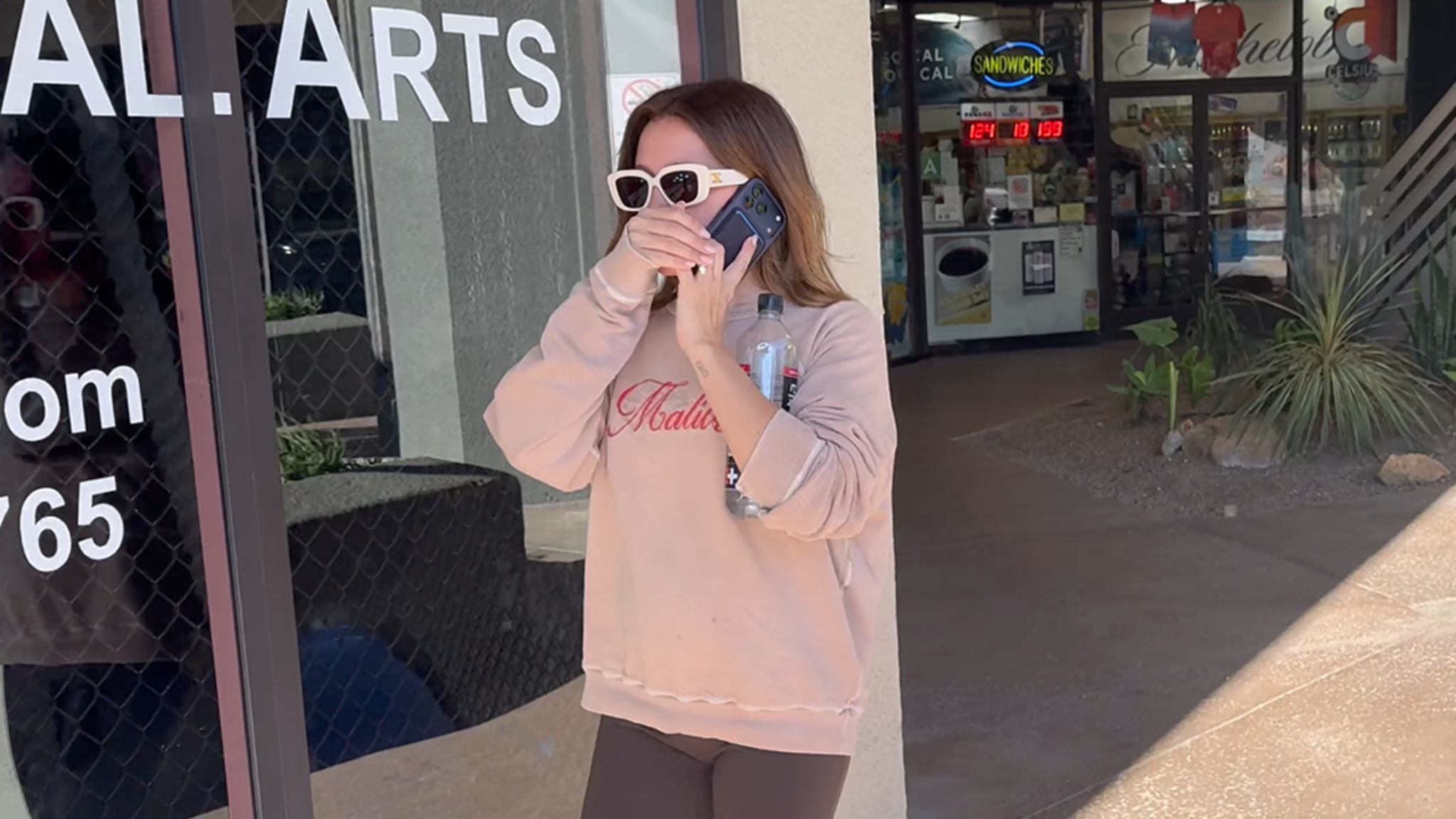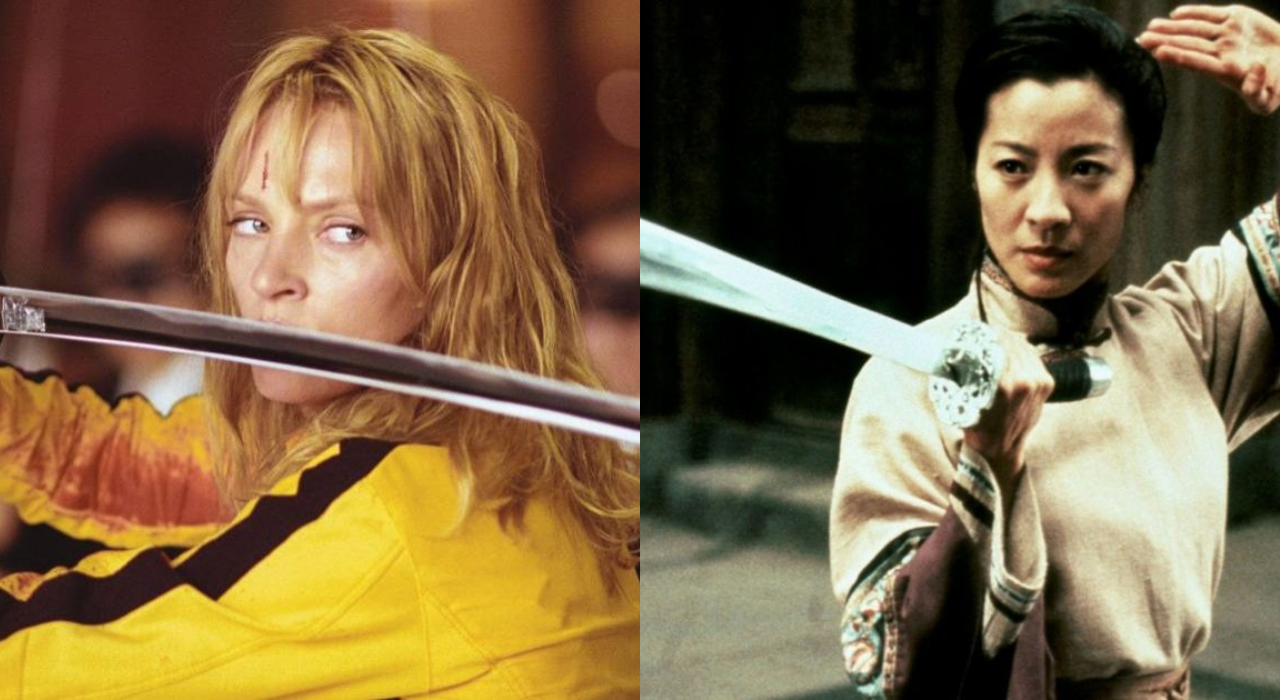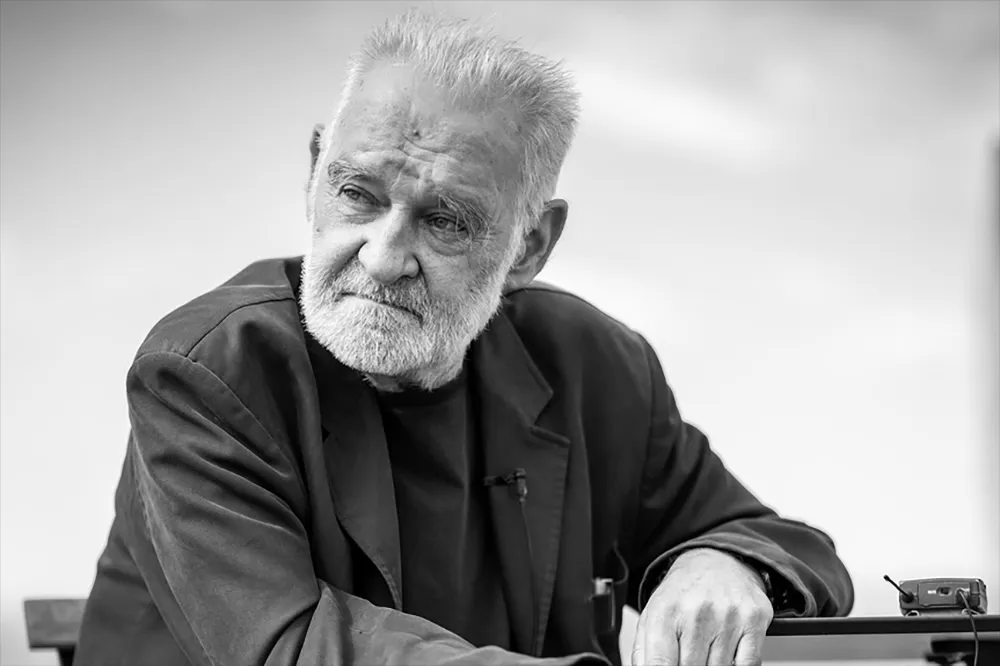“Ahed’s Knee” observes a gifted but arrogant artist as he moves through the world and delves into his own psyche. The script’s fixation on the life and personal problems of the director, who is identified only as Y (Avshalom Pollak), is a binding agent, unifying what might otherwise seem like a bag of of half-formed political observations and quasi-poetic musings on Israel, its people, and their antagonistic relationship with Palestinians and Syrians, as well as the topography of Israeli desert landscapes, which are so strikingly envisioned that they seem to pulse with a life force of their own.
“Ahed’s Knee” follows Y as he works on a video installation partly inspired by the story of a teenaged Palestinian girl who was jailed for slapping an Israeli soldier. He then attends a screening of one of his movies at a library in an isolated desert community, where his contact is Yahalom (Nur Fibak), a beautiful young woman who organized the event because she loves Y’s films. Unfortunately for Y, Yahalom also works for Israel’s ministry of culture, an organization which—according to Y—determines “which books and plays are shown in Israel, and which writers, directors, or artists appear [in public] or stay home,” thereby controlling their creative and financial lives.
You’d expect “Ahed’s Knee” to make more of that last thing than it ultimately does, but there’s a lot going on in this film. It all leads back to Y, who guides us through the tale and sometimes “narrates” it in first person, by talking over images that represent flashbacks to Y’s past, or fantasies or stray thoughts he has in the moment. Sometimes the movie puts us in Y’s head by using the camera to show us what he’s looking at, from wherever he happens to be standing or sitting.
Lapid, who has a confident, expressive and constantly evolving visual style, uses a technique here that feels new: he starts a handheld shot with a closeup of the hero thinking or looking, then whips it over to a closeup of another character, a significant object, or some generalized phenomenon that his director’s eye finds interesting, such as the way pavement becomes a grey blur as you’re driving on a road. These “point-of-view” shots are typically angled in a way that suggests that we’re looking through Y’s eyes. But when the shot finally returns to Y, we’re looking at him again. It’s like when an omniscient novel switches from third-person to first-person and back.
You can view the original article HERE.


































